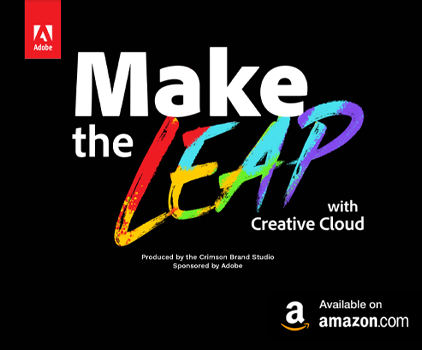In the bustling digital landscape, Search Engine Marketing (SEM) is a crucial tool for businesses aiming for online visibility and engagement. However, merely stepping into it doesn’t guarantee success. Like any other marketing effort, it requires meticulous tracking, measurement, and fine-tuning to ensure that investments translate into meaningful returns.
While many metrics beckon your attention, not all offer genuine insights into your campaign’s health. In such scenarios, an SEM Management Agency can be invaluable. These experts aid in pinpointing the vital indicators tailored for your business, some of which are:
1. Click-Through Rate
Click-Through Rate, commonly known as CTR, is a potent gauge of your ad’s relevance and appeal. Here’s the lowdown: every time your ad graces a screen, it’s marked as an “impression.” Yet, impressions don’t always result in clicks. By dividing the number of times your ad is engaged by its total impressions, you get the CTR, shown as a percentage.
For instance, if your ad garners 100 views and receives 10 clicks, your CTR is 10%. This metric isn’t merely numerical. It acts as a health check, hinting if your message harmonizes with your target audience’s desires or if there’s some misalignment.
2. Landing Page Experience
Consider the landing page the digital gateway between your ad and the user’s subsequent move. It’s the virtual equivalent of a first impression, where initial interactions genuinely matter. Once a user engages with your ad, they’re ushered to your landing page. Their experience here can elevate or dampen their entire journey.
Beyond aesthetics, a landing page should load quickly, have clear messaging, and guide the user effortlessly toward the intended action, whether it’s making a purchase, signing up, or simply exploring more. If users bounce off quickly or fail to convert, it might suggest a disconnect between what the ad promised and what the landing page delivered.
3. Conversion Rate
While getting clicks on your ads feels rewarding, the real victory lies in what happens next. Enter the conversion rate. This metric unveils how many of these engagements culminate into valued actions. Be it procuring a product, subscribing to a newsletter, or securing an appointment – any activity you hold dear.
To determine your conversion rate, divide the number of conversions by the total number of visitors who clicked on your ad. If 100 users clicked your ad and 5 made a purchase, your conversion rate is 5%.
This matters since a high conversion rate means your landing page experience aligns well with your ad and persuades users to take the desired action. Conversely, a low rate might suggest potential obstacles or misalignments. With this, you can gauge the actual effectiveness of your campaign.
4. Cost Per Conversion
While accumulating clicks and gaining conversions feels like a win, there’s a price in the SEM universe. The cost-per-conversion metric sheds light on this expenditure, crystallizing the financial outlay for every triumphant conversion.
To determine your cost per conversion, divide your SEM campaign’s total expenditure by your achieved conversions. If $500 investment yields 50 conversions, each conversion costs you $10.
What makes this metric indispensable? It steers budgetary considerations. With a clear grasp of your cost per conversion, you can discern the ROI’s robustness. Should the expense outweigh the conversion’s value, recalibrating and refining your campaign might be in order.
5. Return On Ad Spend (ROAS)
ROAS is the bedrock reflecting the fiscal wellness of your SEM campaigns. At its core, ROAS quantifies the revenue reaped for every advertising dollar. It extends the narrative beyond mere clicks and conversions, portraying raw profitability.
To compute your ROAS, divide the revenue from your ads by your ad expenditure. If a campaign rakes in $2,000 on a $500 outlay, the ROAS stands at 4:1. Meaning every buck invested returns four.
ROAS isn’t just digits on a dashboard; it narrates your SEM campaign’s fiscal trajectory. A positive ROAS heralds a rewarding investment, while a dwindling one nudges you to introspect and tweak.
6. Ad Position And Auction Insights
Visibility is paramount within the vast SEM canvas, but differentiation is critical. This is where ad position and auction insights enter the fray, offering a bird’s eye view of your ad’s stance against rivals.
Your ad’s rank in search outcomes is its position. While a top place ensures maximum visibility, balancing position against bid cost is vital. The game isn’t always about reigning supreme but capturing the right eyes without breaking the bank.
On the other hand, auction insights offer a granular view of your competition. This feature unveils how frequently your ads are showing compared to competitors, the average position they secure, and how their bids affect their standings.
Armed with these insights, you’re better equipped to recalibrate, contest, and stand tall amidst the SEM hustle.
Conclusion
Mastering SEM transcends mere campaign launches. It’s a dance of comprehension, adaptation, and evolution choreographed by precise metrics. Embracing these tools, brands can sharpen their tactics, ensuring visibility and tangible success. As the digital frontier widens and transforms, clutching these analytical instruments tight becomes paramount to edge ahead and cultivate unwavering growth.










